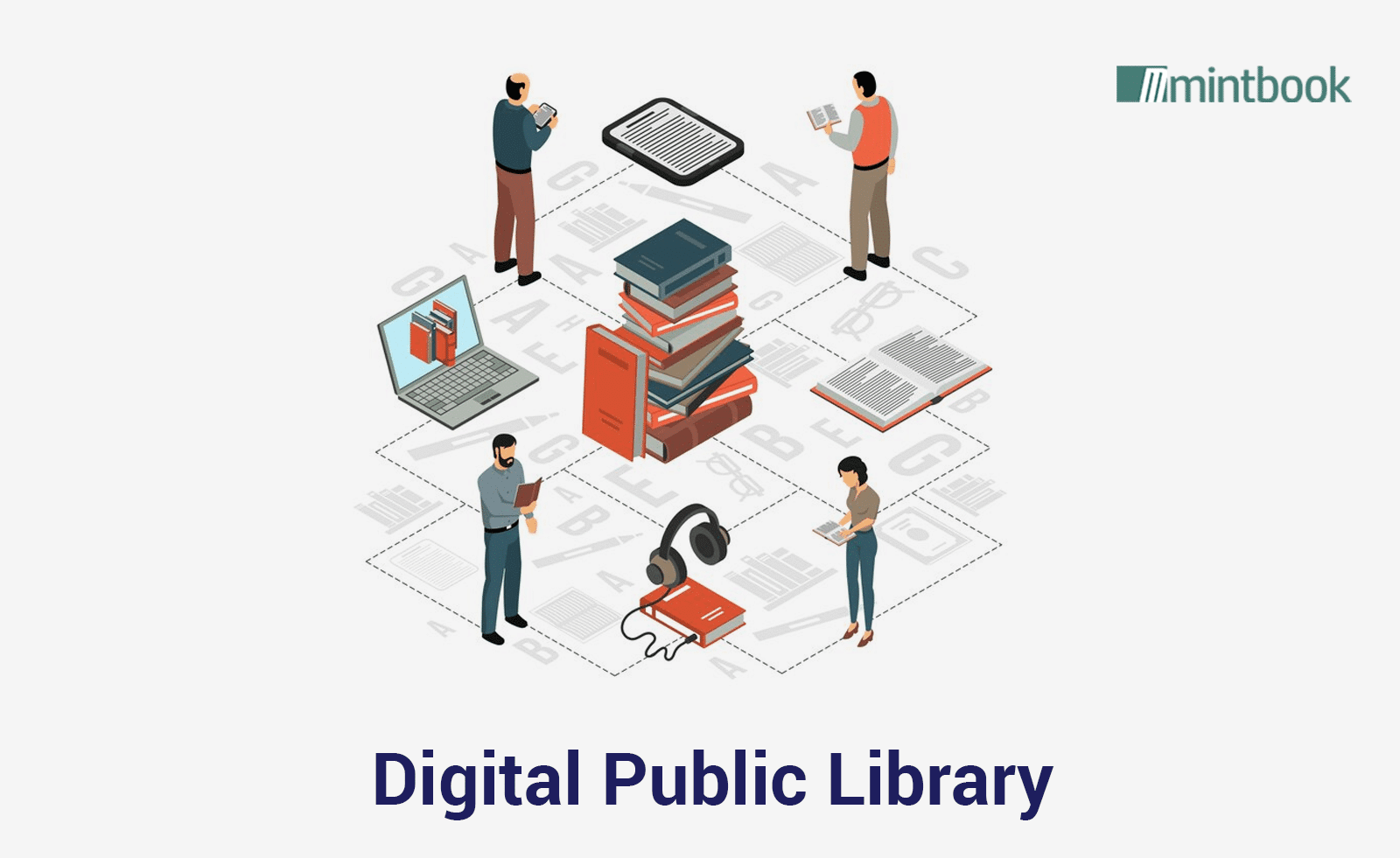There was a time when public libraries were facilitating interaction between humans and information. Individuals were visiting public libraries regularly to gather information and answer questions by accessing printed and non-printed library materials. Several studies suggest a consistent decline in the number of regular visitors to public libraries across regions.
However, these studies suggest the growing popularity of digital public libraries. Unlike traditional public libraries, digital public libraries give the public access to digital holding. An individual can access the digital holdings anytime and anywhere over the internet using a desktop, laptop, smartphone, or tablet. Also, he can collect information by accessing the library material in various formats – text, video, audio, images, and simulations.
We can understand the surge in the popularity of digital public libraries by discussing why individuals prefer accessing a digital public library to visiting a traditional one.
9 Reasons Why Public Prefers Digital Public Library to Traditional Public Library
No Access Restrictions
While visiting a public library, an individual has to consider its opening time and closing time. Also, most public libraries remain closed on public holidays. Hence, many readers find it challenging to access content on demand. However, they can access a digital public library anytime and anywhere over the Internet. Smartphones and tablets enable them to access the digital library content on the go. The on-demand access makes digital public libraries hugely popular with new-generation readers.
No Waiting Time
While visiting a public library, an individual can borrow a printed book only if it is not on hold. Often individuals have to wait for several days to borrow a book that is borrowed by another member. However, a digital public library allows him to access the desired content on demand. Digital public libraries can eliminate waiting and holding time as the same multimedia content can be accessed by a large number of readers simultaneously regardless of their locations.
Multi-Format Content
Public libraries provide content and resources mainly in physical formats – printed books, magazines, CDs, and DVDs. The physical resources make it difficult for a reader to find relevant information without putting in time and effort. On the other hand, a digital public library allows readers to access information and consume content in multiple formats. For instance, a reader can acquire knowledge by reading eBooks, watching videos, or listening to audio. The multimedia content helps digital public libraries cater to the varying needs and preferences of modern readers.
Quick Information Search
While visiting a public library, an individual can find relevant information only by scanning library catalogs and reading multiple printed books. Hence, many individuals prefer search engines to public libraries. Digital public libraries overcome this challenge by accelerating information search. They enable readers to find the relevant information in seconds using intuitive search interfaces. The search interface makes it easier for readers to find the desired information by entering keywords and using filters.
Curated Content
Many students and researchers visit public libraries to understand varying perspectives and viewpoints on a topic. They have to read books written by various authors to craft thought leadership content. Digital public libraries deliver thought leadership content to readers in the form of curated content. New-age digital library software curates content shared by subject matter experts using artificial intelligence (AI) algorithms. Hence, it becomes easier for readers to understand a topic deeply by accessing multiple perspectives and viewpoints.
Content Recommendations
While visiting a public library, students find related books by scanning library catalogs. However, the catalogs do not help them find relevant books according to their needs and preferences. Digital public libraries make it easier for readers to find additional information about a topic by making content recommendations. New-age digital library software features AI-powered recommendation engines. The engine recommends relevant and insightful content to the reader based on his reading preferences and behaviors.
Better Reading Experiences
In the digital age, every reader expects the best reading experience regardless of his content preferences and reading habits. Conventional public libraries do not boost reading experiences by fostering reader engagement. However, digital library software keeps readers engaged using gamification techniques. In addition to enabling readers to access content in various formats, the software gamifies their reading experiences using badges, coins, and other techniques.
Lower Membership Fees
Many public libraries cover operating costs by charging membership fees and monthly charges. Cloud-based tech tools enable them to reduce membership fees significantly. For instance, they can leverage the cloud-based digital library software based on a pay-as-you-use-pricing model. Also, they can run the software seamlessly without incurring infrastructural and staffing costs. Hence, they can gain popularity by reducing membership fees.
Sustainability
Several surveys depict the rise of eco-friendly consumers. While making purchase decisions, new-age consumers opt for eco-friendly products with environment-friendly packaging. Likewise, they eliminate environmental damage by accessing digital public libraries. Digitization helps public libraries impress and attract new-generation readers by promoting sustainability. They can mitigate environmental damage by replacing printed books with multimedia content.
Conclusion
Nobody can deny the relevance of public libraries for society as cultural institutions. However, they are more popular with old-generation readers than new-generation readers. Many old-generation people still visit public libraries to access content in a traditional way and environment. However, several studies suggest a decline in the number of readers who visit public libraries regularly.
Digital public libraries have emerged as a new-age alternative to traditional public libraries. However, we must remember that digital technologies have transformed many conventional public libraries into digital public libraries. Leading public libraries have regained popularity and attracted the public by embracing digital transformation in several ways.
For instance, eminent public libraries have already digitalized rare books, journals, newspapers, and other resources. Likewise, most public libraries these days facilitate on-demand access to their digital holdings by implementing cloud-based digital library software. The user-friendly digital library software has been driving the digital transformation of public libraries by reducing costs and complexities.

